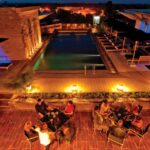If your heart beats for places still untouched by mass tourism, Guinea-Bissau might just be the treasure you’ve been looking for.
Tucked between Senegal and Guinea, Guinea-Bissau is one of Africa’s least-visited destinations, yet one of its most rewarding.
Here, the pace slows, the air smells of salt and cashew fruit, and every sunset feels like an invitation to stay a little longer.
Guinea-Bissau isn’t a country that tries to impress you. It doesn’t have grand skylines or flashy resorts. Instead, you’ll find tropical islands where hippos swim in saltwater, colonial streets that feel frozen in time, and matriarchal societies where tradition still guides everyday life.
Bissau is a place for travelers who crave simplicity, finding joy in discovery and genuine human connection. This travel guide takes you through the country’s untouched beauty.
The Islands of Guinea-Bissau
Bijagós Archipelago

Off the coast of Bissau lies the Bijagós Archipelago, a UNESCO Biosphere Reserve made up of more than 80 islands, only a handful of which are permanently inhabited.
The islands are wild, remote, and teeming with life, from saltwater hippos wading through lagoons to sea turtles nesting on untouched beaches. It’s a world where time feels suspended and nature reigns without interruption.
Traveling through the Bijagós feels like stepping into a living museum of biodiversity.
The waters shimmer with fish and dolphins, and mangrove forests stretch endlessly along the shore. Getting there often involves a pirogue (traditional wooden boat) or a small speedboat from Bissau.
It’s not a smooth journey, but the reward is priceless: silence, starlit skies, and beaches where your footprints might be the only ones.
Bubaque Island
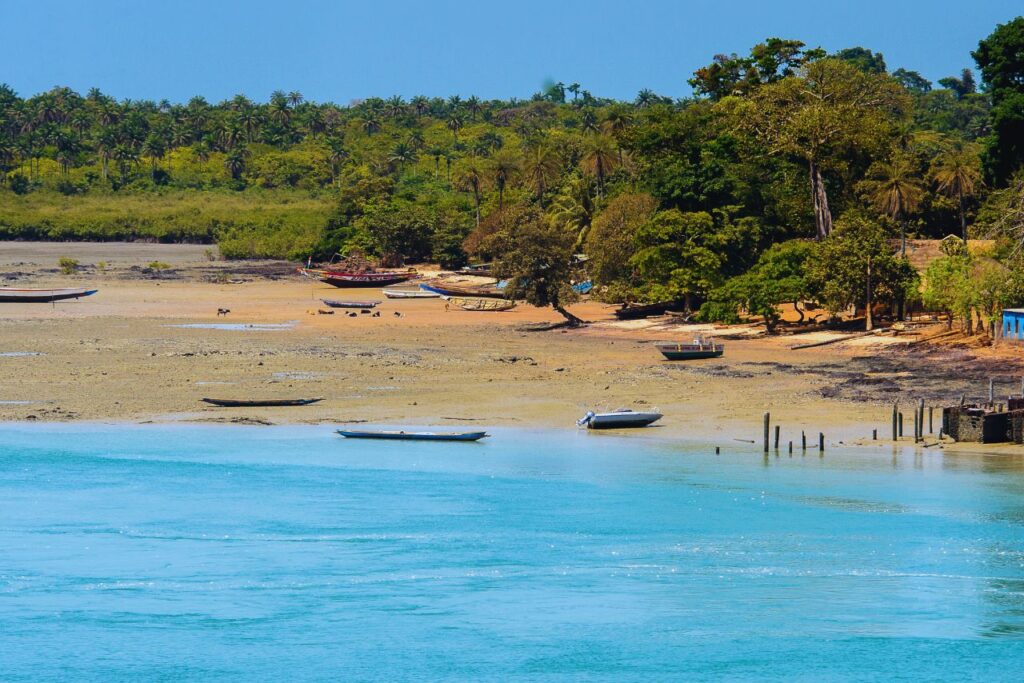
The main hub of the Bijagós is Bubaque Island, a charming mix of local life and laid-back tourism.
It’s where most travelers begin their island adventure. The small town offers guesthouses, a market, and a few beachside restaurants serving grilled fish and fresh coconuts.
You can rent a motorbike to explore inland villages or catch a local boat to neighboring islands.
Bubaque’s beaches are long and golden, fringed by palm trees and gentle waves. The atmosphere is easygoing, fishermen mend their nets, children play barefoot, and visitors share stories over cold drinks as the sun sets.
The island also hosts the Bijagós Carnival, one of the most spirited events in the country, celebrating island traditions with music, dance, and colorful masks.
Orango Island
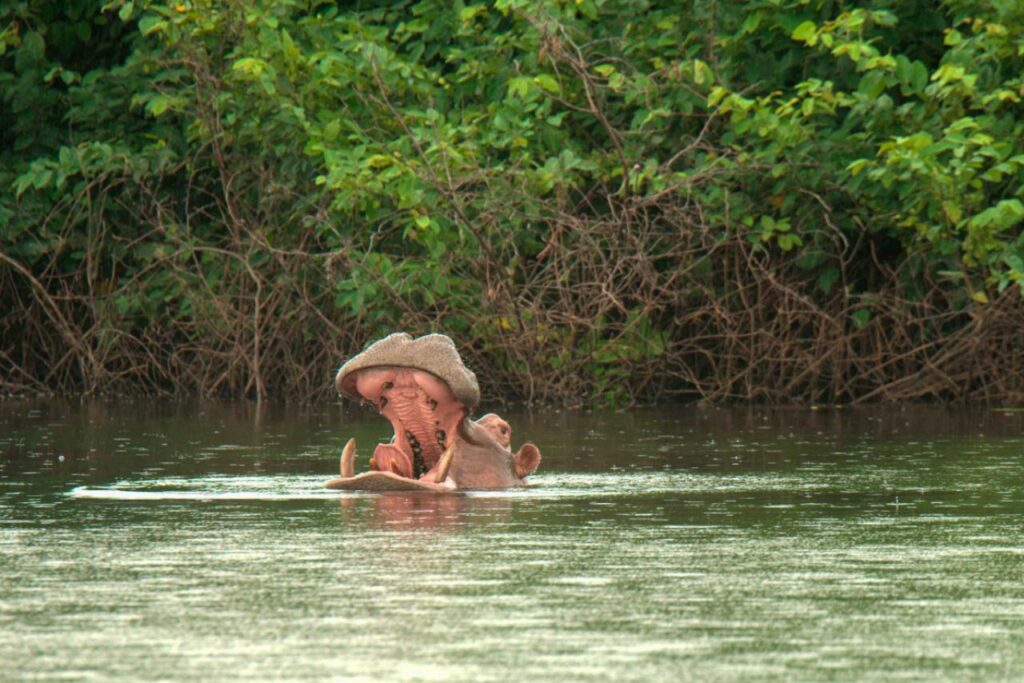
Photo source: orangohotel
Orango National Park, part of the Bijagós chain, is one of Guinea-Bissau’s most extraordinary places.
It’s home to saltwater hippopotamuses, a rare species found nowhere else in the world. These animals roam freely between mangrove channels and inland lagoons, perfectly adapted to the salty environment.
Guided tours, often led by local rangers, take visitors through the wetlands to spot these incredible creatures.
Visitors can stay in eco-lodges built with natural materials, taste local dishes like caldo de peixe (fish stew), and join traditional ceremonies that honor ancestors and nature.
READ ALSO: Cape Verde Islands Guide: Best Beaches, Hiking, and Where to Stay
Bolama Island

Before Bissau became the capital, Bolama Island was the heart of Portuguese Guinea.
Today, it’s an open-air museum of colonial architecture, grand, decaying, and eerily beautiful. Palm trees line wide boulevards, and the faded Governor’s Palace still stands as a relic of another era.
Bolama’s calm streets tell stories of ambition and abandonment.
There’s a haunting beauty in its silence, broken only by the sound of goats or distant waves.
Travelers who love photography or history will find Bolama fascinating. Boat trips from Bissau or Bubaque can take you there, usually arranged through local guides or hotels.
Varela Beach

Photo source: kalmasoul
While most travelers head for the islands, Varela Beach, near the Senegalese border, is a hidden gem on the mainland.
It’s a long, pristine stretch of sand backed by cashew trees and gentle dunes.
The road to Varela is rough, especially in the rainy season, but that’s part of its charm; few make the trip, and those who do find near-total seclusion.
Locals say the sunsets here are among the best in Guinea-Bissau.
Bring snacks, water, and a hammock, and let the day slip by as fishermen cast nets in the surf. Small guesthouses and beach lodges offer simple comfort and home-cooked meals, often fresh fish grilled over open flames.
Cacheu National Park
Further north, Cacheu National Park is one of the country’s most important protected areas.
Its mangrove forests and wetlands provide shelter for countless bird species, including pelicans, herons, and flamingos.
Visitors can explore the park by boat, gliding through narrow waterways lined with tangled roots and rich green foliage.
The nearby town of Cacheu has historical significance too; it was one of the earliest Portuguese settlements in West Africa and a key point in the Atlantic slave trade.
A small museum and the old fort offer a sobering look into that past, while the river itself continues to flow, quiet and reflective.
READ ALSO: Cotonou Travel Guide (Benin): Gateway to Ouidah & Cultural Tours
Culture & Local Life
Bissau
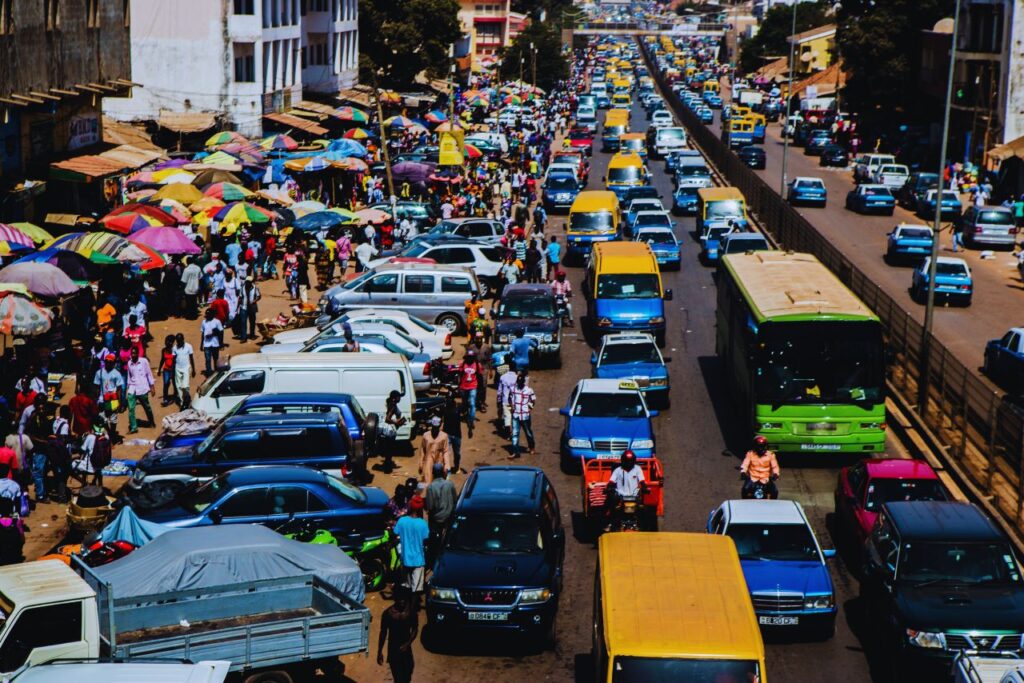
The capital city, Bissau, is a blend of faded colonial charm and vibrant street life.
It’s small enough to explore on foot, yet full of surprises.
You’ll find cafés serving sweet Portuguese pastries, roadside vendors selling cashew wine, and taxis weaving through streets shaded by mango trees.
Visit the Mercado Central, where daily life unfolds in full color. It’s noisy, crowded, and wonderfully chaotic, a place to buy local crafts, fabrics, and spices, or simply watch the rhythm of trade and laughter.
In the evenings, head to a local bar for gumbe or tina music, both genres that pulse with drums and soul.
Matriarchal Societies & Animist Beliefs

Photo source: Africa Facts Zone
In many Bijagó communities, women lead in land, family, and ritual matters.
Matriarchal traditions shape how land is passed down and how communities make collective decisions.
Spirituality here is deeply animist; land, water, and animals are believed to hold spirits and power. Certain islands and beaches are sacred and sometimes closed to outsiders.
Rituals, masked dances, and songs are an inseparable part of daily life.
Locals say whistling at night can attract unwanted spirits, a belief shared across West Africa.
Ceremonies are not performances for visitors; they are genuine acts of community, spirituality, and continuity.
Travelers who approach with respect may be invited to witness them, gaining insight into a culture that values balance between the living world and the unseen.
Festivals & Music

Photo source: fiftyfourmag
One of the most colorful events in the country is the Bissau Carnival, held every February.
Streets fill with drummers, dancers, and elaborate costumes, blending African, Portuguese, and island traditions.
It’s joyous, spontaneous, and full of life, the kind of celebration that reminds you how music and community keep cultures alive.
Music in Guinea-Bissau is raw and heartfelt. Traditional drums, wooden xylophones, and rhythmic clapping form the backbone of local sounds.
Gumbe, the national rhythm, tells stories of resistance, love, and daily struggles. You’ll hear it in bars, at festivals, and in quiet villages, echoing through the night air.
Cuisine
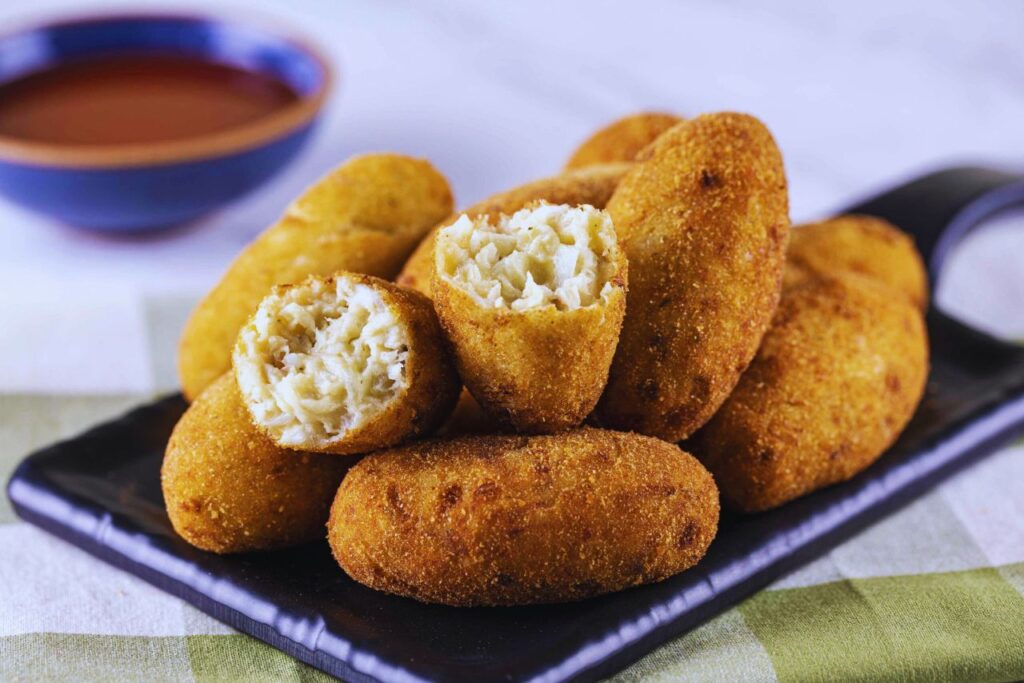
Photo source: saboresajinomoto
Food in Guinea-Bissau is simple, flavorful, and full of personality.
Fresh seafood dominates menus, from grilled barracuda to spicy fish stews.
Rice is the staple, often paired with cassava, peanuts, or palm oil. Try jollof rice, caldo, or bolinhos de peixe (fish cakes), dishes that reflect a fusion of African and Portuguese influences.
Street food is part of the fun too. You’ll find roasted corn, fried plantains, and cashew fruit juice sold at roadside stalls.
In coastal areas, meals often come with a view of the ocean, and locals are always happy to share a story or a drink with passing travelers.
READ ALSO: Cultural Festivals in West Africa
Top Attractions in Bissau
Bissau Velho (Old Town)
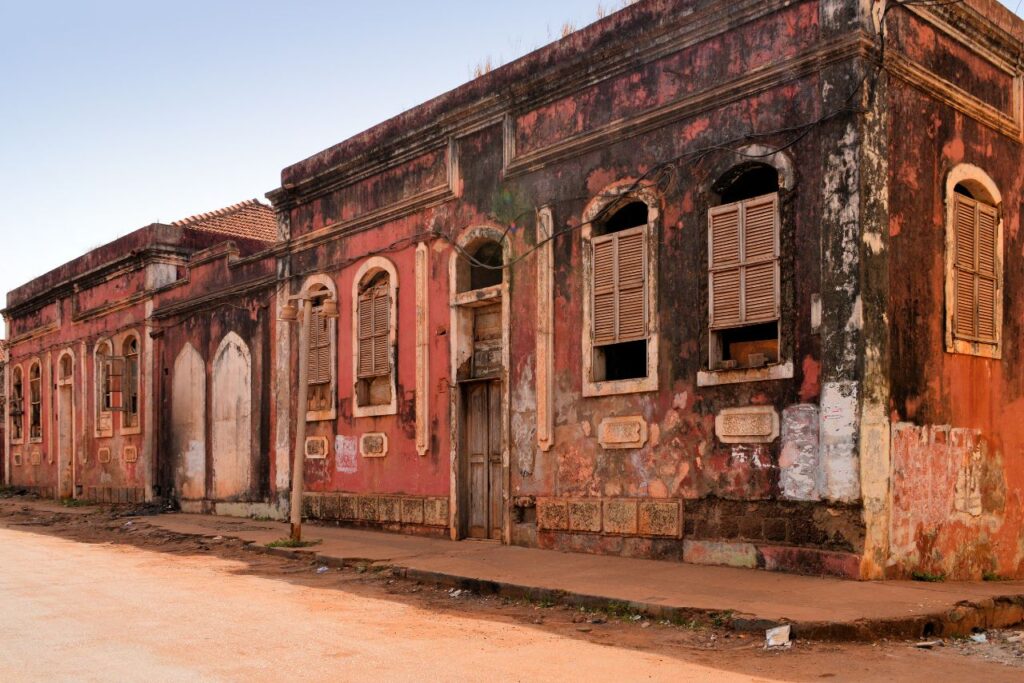
The city’s oldest quarter feels like stepping back in time.
Bissau Velho is full of colonial-era buildings, cracked walls, and quiet courtyards where life moves at an unhurried pace.
Walk the narrow lanes, watch fishermen mend nets by the shore, and stop for a chat with vendors selling cashew nuts and mangoes.
Fortaleza d’Amura
Built in the 17th century, this old Portuguese fort now houses the mausoleum of Amílcar Cabral, Guinea-Bissau’s independence hero.
Entry requires prior permission, but even from outside, the site stands as a symbol of courage and national pride.
Presidential Palace
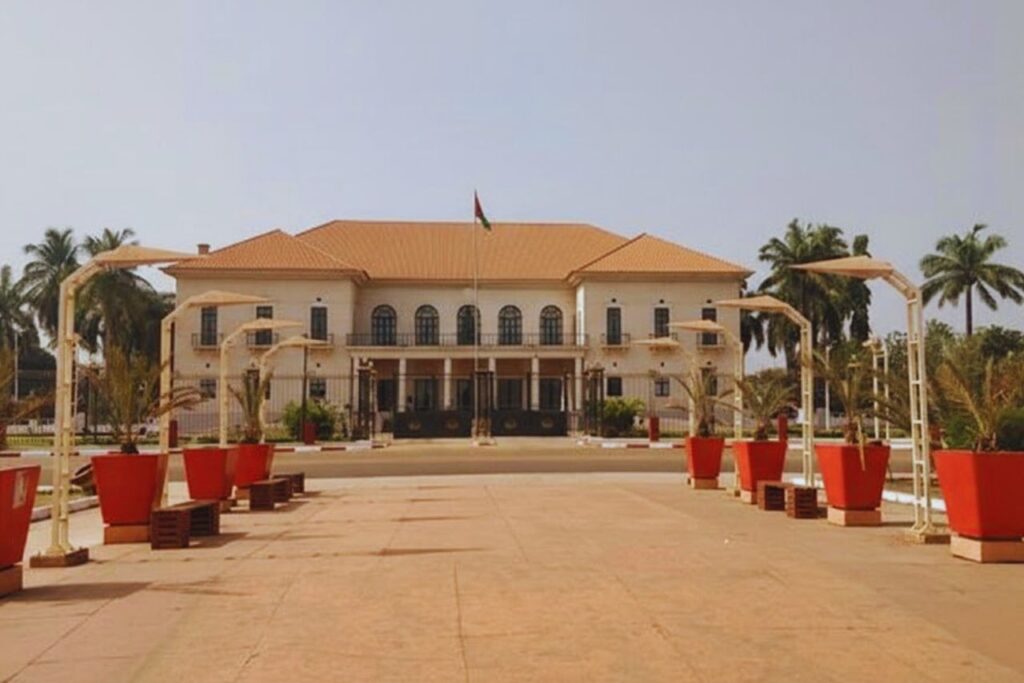
Photo source: pineqone
Once a grand colonial mansion, the Presidential Palace remains one of Bissau’s most iconic landmarks.
Although access is limited, it’s a striking reminder of the city’s political history and architectural beauty.
Mercado Central

Photo source: Tripadvisor
Bissau’s Central Market is a feast for the senses, noisy, colorful, and alive.
From piles of dried fish to bold prints of African wax fabrics, it’s the best place to feel the city’s energy and see how locals live and trade.
National Ethnographic Museum
A small but insightful museum showcasing the ethnic diversity of Guinea-Bissau.
Exhibits include traditional instruments, masks, and everyday objects that tell the story of the country’s many tribes and customs.
Port of Pidjiguiti
The Pidjiguiti Memorial marks a turning point in Guinea-Bissau’s independence movement, honoring dockworkers who were killed during a peaceful protest in 1959.
The port area offers quiet reflection and a deeper understanding of the country’s history.
READ ALSO: Top Hidden Gems in West Africa You Need to Visit
Currency & Exchange Rate
The official currency in Guinea-Bissau is the West African CFA franc (XOF), shared by eight countries in the West African Economic and Monetary Union. It’s pegged to the euro, which gives it more stability than most regional currencies.
As of late 2025, the exchange rate is around XOF 570 per 1 USD, but it’s best to confirm before you travel, as rates can vary slightly. You can exchange money at banks or authorized forex offices in Bissau, though cash transactions remain the norm.
Credit cards are rarely accepted outside the capital, and ATMs can be unreliable, so carry enough cash (XOF) when heading to islands or rural areas. Bring euros or U.S. dollars for easy exchange; euros usually get better rates.
Best Time to Visit
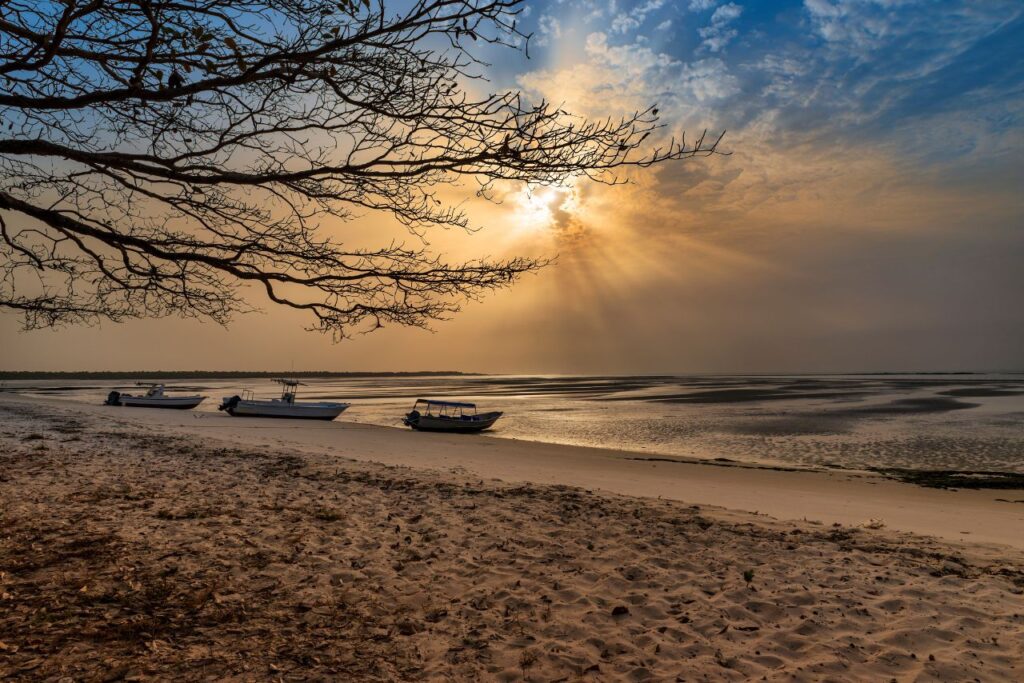
November to April is the best time to visit Guinea-Bissau.
This dry season brings clear skies, calm seas, and easier travel between the islands. Roads are more accessible, boat trips more reliable, and wildlife spotting at its best.
This is also when most organized small-group tours depart, making it the perfect season for travelers who prefer guided adventures or multi-island itineraries across the Bijagós Archipelago.
Travel Safety & Local Tips
- Bissau is mine-free: The capital was officially declared cleared of landmines in 2006, making it safe for visitors. However, avoid venturing off marked trails in rural or border areas, where some unexploded remnants may remain.
- When traveling beyond major routes, hire a local guide who knows safe paths and can communicate with local communities.
- Avoid touching or picking up strange metal objects, shells, or debris; they could be remnants from past conflicts.
- Pack sturdy shoes, long pants, and a basic first-aid kit for any trips outside the city or into mangroves and forests.
- Roads can be muddy and difficult during the rainy season (June to October), so always check conditions before traveling.
- Bring malaria medication, insect repellent, sunscreen, and water purification tablets, essential items for this tropical climate.
- Respect local customs: Ask before taking photos, dress modestly in villages, and be mindful of sacred sites or rituals.
- Language: Portuguese is official, but Kriol (a Portuguese-based creole) is widely spoken, and locals appreciate visitors who learn a few phrases.
Final Thoughts
Guinea-Bissau isn’t for everyone, and that’s what makes it special.
It’s for those who prefer slow travel, who find beauty in imperfection, and who value stories over souvenirs. Here, life follows the rhythm of the tides, not the clock.
From the wild islands of the Bijagós Archipelago to the historic streets of Bissau Velho, this small West African nation offers one of the most authentic travel experiences left in the world.
If you’re craving something real, pack light, come with patience, and let Guinea-Bissau show you what untouched beauty truly means.







